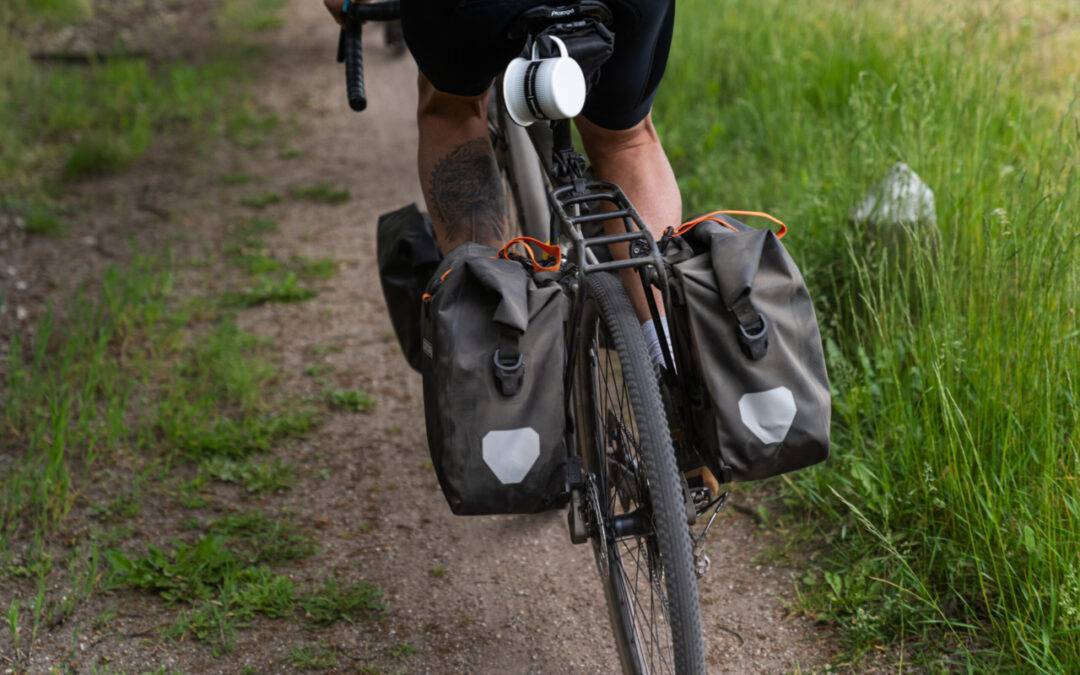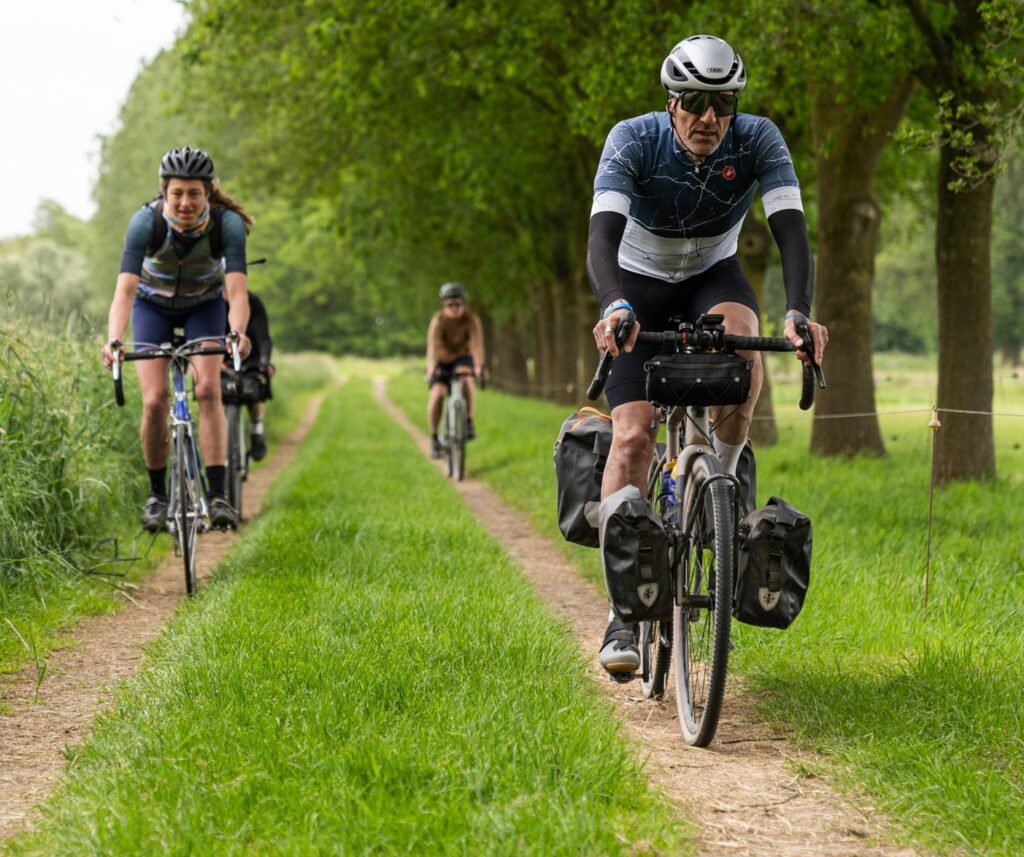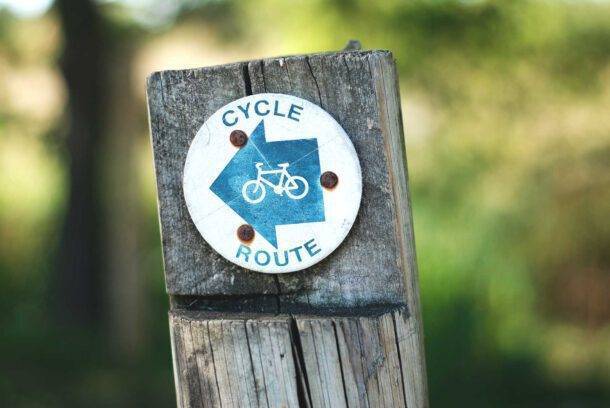Bikepacking Explained – Everything You Need to Know
You’ve probably noticed it: bikepacking has become increasingly popular in recent years. But what exactly is bikepacking? You won’t find a definition for it in the Dutch dictionary Van Dale yet, and there are no set rules about what type of bike to use or how to pack. It’s somewhat similar to backpacking, except instead of walking with a backpack, you’re riding a bike with your gear. The essence of bikepacking is that it’s a multi-day journey, often venturing off the beaten path. And the ideal partner for such adventures? The gravel bike.
Gravel Riding
Gravel bike, gravel grinder, or gravel racer—whatever you call it, the gravel bike is currently the most versatile bike on the market. First introduced in the Netherlands in 2015, gravel riding originated in the United States. A group of cyclists wanted to avoid dangerous main roads and explore smaller, poorly paved or unpaved roads and paths instead. The result? A bike with wider tires, a more comfortable geometry, and solid speed—thus the gravel bike was born.
You could even argue that the European randonneur bike from the 1970s was its early predecessor. The gravel bike is all about freedom—the freedom to turn down any road. Gravel riding is a low-barrier entry into the world of cycling. You don’t need the technical skills of mountain biking, and compared to a cyclocross bike, the gravel bike is more stable (thanks to a lower bottom bracket) and more versatile. Add in mounts for racks and fenders, and you’ve got a fully capable and CO₂-neutral mode of transport.
Bike Bags
That’s enough about the gravel bike’s origins and ease of use. Now let’s talk practical tips we’ve learned from our own bikepacking adventures—because real-world experience counts. You can attach a variety of bags to your gravel bike, from minimalist setups to larger packs for extended trips. If you’re packing light and going long, frame bags might be ideal. But if you’re like us, larger panniers on racks are more your style.
Now here’s a little pro tip you won’t often hear in bike shops or from manufacturers: mount the center of the pannier just behind your front axle when using a lowrider rack*. Why so specific? It’s all about maintaining your bike’s handling. And yes—it works! Your gravel bike stays nimble, even fully loaded. Placing the bags too far forward makes the bike sluggish and harder to steer. And let’s be honest—when you’re touring, you want to keep the responsiveness of your gravel bike, right?
Tires
Choosing the right tires for your gravel bike can be tricky and often comes down to personal preference. What surfaces will you mostly ride on? Are you aiming for speed or grip? Tire width plays a role, too. As a rule of thumb: less tread = more speed. You could go for a tire with a smooth center and knobs on the sides for added grip in corners and to stabilize when slipping. Often, the best tire is a balanced compromise of speed, grip, and comfort.
For our bikepacking trip, we chose the Vredestein Aventura. This tire performs well on both dry and wet surfaces, offers great puncture protection, and rolls smoothly on asphalt. Available in 38mm and 44mm widths, we found the 38mm version handled everything well—except for loose sand.
Tire Levers
We’ve learned from experience that installing gravel tires can be a challenge. Some brands fit easily, while others require brute force to get that last bit of tire onto the rim. To be fair, rim profile also plays a big role. And once the tire has been used a while, the rubber compound softens and becomes easier to work with.
We’ve learned a thing or two the hard way. When going on a bikepacking trip, pack a little extra in your saddlebag. Along with a spare tube, bring a spare tire. Add a basic repair kit, mini pump, extra CO₂ cartridges, and some chain lube or wax, and you’ll be well-prepared.
And don’t forget the humble tire lever (or better yet, a tire installer). Taking a tire off is easy—getting it back on, especially when it’s new and cold, can be tough. Nothing’s more frustrating than fumbling with a stiff tire in wet or freezing weather. A tire installer can be a real lifesaver and takes up barely any space or weight.
Wheels
When buying a road or gravel bike, you’d expect it to come with solid wheels. And they often do—but not all wheels are created equal. Wheels vary in material, ride quality, rim height, and especially load capacity. That’s what we want to highlight here.
Factory wheels are usually rated for riders up to 85 or 90 kg. But let’s be honest—there’s no such thing as an “average rider.” We all differ in weight, especially among us amateur cyclists. Most factory wheels are machine-built with broad tolerances, which results in very average performance. If you weigh 65 kg, no problem. But if you’re between 85–100 kg, especially with luggage, you’re likely overloading the wheels.
Some factory wheels claim to handle up to 120 kg—but with only 24 spokes, that’s optimistic at best. For real strength and reliability, especially on rough terrain, look for at least 32 or 36 spokes. These wheels are often rated for up to 140 kg. While that’s extreme for a road or gravel bike, consider this: a 100 kg rider with bikepacking gear could run into real trouble on lightweight factory wheels.
Our advice? Invest in a hand-built wheelset. It’s absolutely worth it—and we’ll be writing a dedicated article on that soon.





